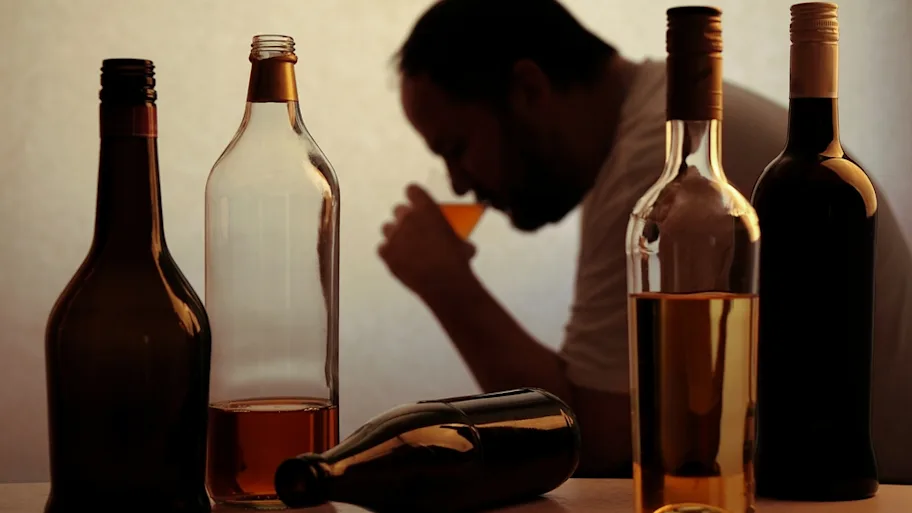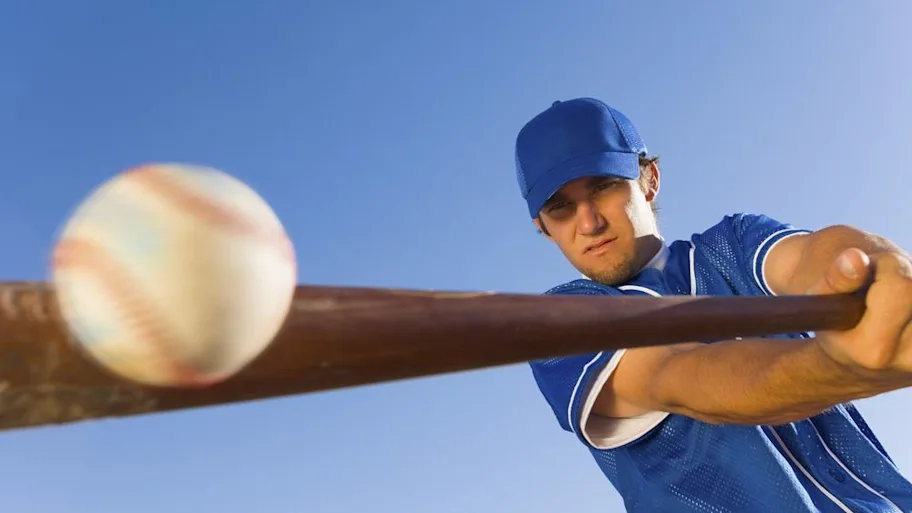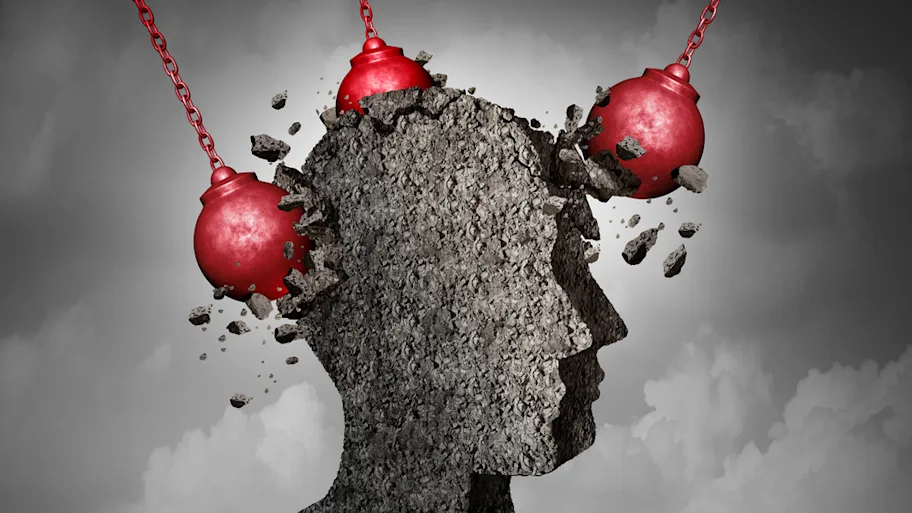
- Science News
- Young Minds
- Understanding traumatic injury to the human brain
Understanding traumatic injury to the human brain

Amy Markowitz and Bob Knight always wear helmets when skiing, buckle up when they’re in the car as driver or passenger, and are careful on ladders or other high spots. Why? It takes only a relatively small blow to the head to cause an injury to the brain. They started an article Collection on exactly this – Traumatic Brain Injury.
– By Hedwig Ens
Your noggin, your noodle, your coconut, your bean; can you think of any more terms to describe your brain? Your brain is, as Amy articulately puts it: “that fantastic organ that sits inside of your skull, and runs, well, everything, whether you are thinking about it or not.” Seeing the importance of this organ, we of course are doing everything in daily life to protect it, right? Well, apparently not.
Bob: “Research in the United States has shown that where 10 years ago, 1-2% of kids and teens would sustain a traumatic brain injury at some point during their adolescent and teen years, this number has now increased by 143%.”
A traumatic brain injury is damage to the brain resulting from external mechanical forces. Amy explains: “Although the skull is a hard, purpose-built case to protect the brain, we live in an active environment, in which expected events and unexpected accidents may cause what we call a “traumatic brain injury” – everything from concussion on the sport field, to falls from a bike or a ladder or a snowboard, to car accidents and everything in between. These different mechanisms of injury may cause contusions or bruises to the brain, like a bruise to a muscle, and may also result in bleeds in or around the brain, called hemorrhages. In addition to these injuries brain trauma can also tear the critical wiring between brain cells, contributing to many long term problems”.
“Our Collection covers the causes, consequences, and treatment of these traumatic brain injuries. We thought it would be helpful for our readers to understand this. We will also have articles on how we can protect our brains from injury, even when we can’t avoid the accidents that come with everyday life. We’ll explore emerging design of sports helmets and other gear, and learn how a strong neck and back can help prevent injury to the brain and spinal cord.”
Amy and Bob further add: “Knowledge is power! The more kids understand about biologic science and natural science, the more they truly understand about themselves and the world around them. We hope that with this Collection, kids will understand how to protect themselves, to the extent possible, from traumatic brain injury by wearing the right kind of protective gear, being careful about unnecessary risks while playing sports, and wearing a seat belt while in the car.”
So don’t forget to buckle up, wear a helmet, and be careful with heights while awaiting the first articles to be published in this Collection!
Want to participate as an author to this Collection? Read the Collection page of Understanding Traumatic Injury to the Human Brain. Interested in starting your own Collection – a group of articles covering a central theme from a variety of perspectives and methods, aimed at a younger audience? Contact us at kids@frontiersin.org.






